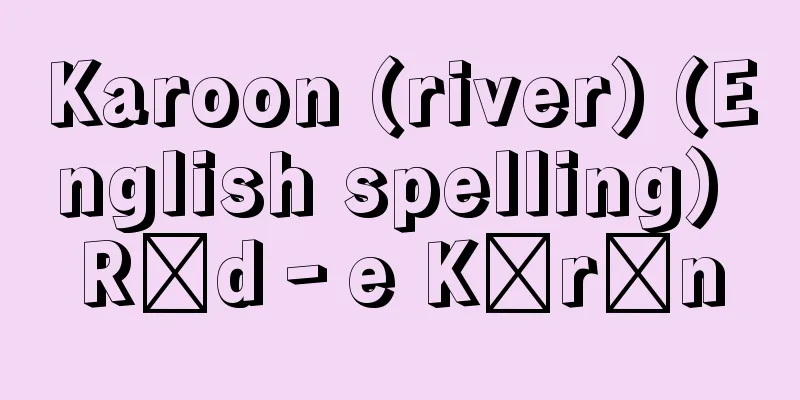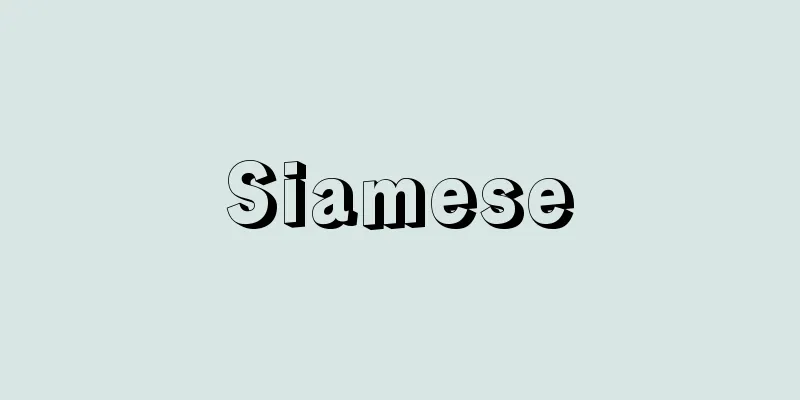Strike Control Law

|
Its official name is the "Law Concerning the Regulation of Methods of Industrial Action in the Electric Utility and Coal Mining Industries" (Law No. 171 of 1953). It limits industrial action to the electric utility and coal mining industries, and although it does not prohibit industrial action itself, it places significant restrictions on the methods of such action. It was enacted in 1953 (Showa 28) as a three-year temporary law, but in 1956 the Diet passed a resolution to continue it, and it is still in effect today. There are restrictions on industrial action in both industries under the Labor Relations Adjustment Law, but in addition to that, this law was enacted because, first, when the labor movement was on the rise again during the recession after the Korean War, Densan (Japan Electrical Industrial Workers' Union) and Tanro (Japan Coal Miners' Union) were at the center of it. In particular, in the fall of 1952, these unions conducted a long-term strike using tactics such as power strikes and the withdrawal of security personnel. Secondly, it was intended to regulate industrial action in the energy industry, which is a private sector core industry, and to promote high economic growth policies. This law prohibits labor and management from engaging in industrial action that disrupts the normal supply of electricity and that suspends or abolishes the normal operation of safety work as stipulated in the Mine Safety Law, and that endangers people and damages mineral resources and mining facilities. Although no penalties are provided for violations of this law, it can be said to be an unjustifiable restriction of the right to strike, considering that it restricts the right to strike without any compensation measures, that it obligates workers to maintain company assets, which are essentially the employer's responsibility, and that it has weakened the status of the coal industry. [Mikio Yoshida] [Reference] |Source: Shogakukan Encyclopedia Nipponica About Encyclopedia Nipponica Information | Legend |
|
正式名称は「電気事業及び石炭鉱業における争議行為の方法の規制に関する法律」(昭和28年法律171号)。電気事業と石炭鉱業に業種を限定し、かつ争議行為そのものを禁止するものではなく、その方法に対して重大な制約を加える法律。1953年(昭和28)に3年間の時限立法として制定されたが、1956年に国会で存続決議が行われ、現在も効力を有する。両業種での争議行為に対しては労働関係調整法上の制限があるが、それに加えて本法が制定された理由は、第一に、朝鮮戦争後の不況期において労働運動が再高揚した際、その中心となっていたのが電産(日本電気産業労働組合)と炭労(日本炭鉱労働組合)だったからである。とくに、1952年秋にはこれらの組合が電源ストや保安要員引き揚げなどの戦術による長期ストを行った。第二には、民間基幹産業であるエネルギー産業での争議行為を規制し、高度経済成長政策の推進が企図されたからである。 本法では、電気の正常な供給に障害を生じさせる行為、および鉱山保安法に規定する保安業務の正常な運営の停廃行為であって、人に対する危険および鉱物資源・鉱山施設の損壊などを争議行為として行うことを労使に禁止している。本法の違反に罰則は設けられていないが、代償措置もなく争議権を制限していること、本来、使用者の責任である企業財産の維持を労働者に義務づけていること、さらに石炭産業の地位の低下などからみて、争議権を不当に制限する法令といえる。 [吉田美喜夫] [参照項目] |出典 小学館 日本大百科全書(ニッポニカ)日本大百科全書(ニッポニカ)について 情報 | 凡例 |
Recommend
Peloponnesian War
A Greek war fought between Athens and Sparta from...
Training machine - training machine
〘 noun 〙 An airplane used for training in flying, ...
turtle
…There are six species that live on land and five...
Green bamboo - Aodake
〘Noun〙 (also "aotake")① A raw bamboo wit...
Principle of least action
This is the principle that the trajectory (path o...
Dvoryane
…the nobility of Russia during the Imperial perio...
Agate - Ageto
⇒ agate Agate Source: About Shogakukan Digital Dai...
Great Reform - Velikaya reforma
A general term for the domestic reforms carried ou...
Nara Toshihisa - Nara Toshihisa
Year of death: 14th December 1737 (14th January 17...
Otter Trawl - Otter Trawl (English spelling)
This is a bottom trawl using an otter board. It i...
Odaenathus - Odaenathus
…During this time, the Nabataean city of Petra de...
Liudger
…Its main institutes include the Wilhelminian Uni...
Minamoto no Tameyoshi - Minamoto no Tameyoshi
Year of death: 1156.8.17 (17th August) Year of bir...
Sea bindweed
…Young shoots are edible, and the whole plant is ...
dialektikē (English spelling) dialektike
…At the very end of the world of ideas and the ef...









